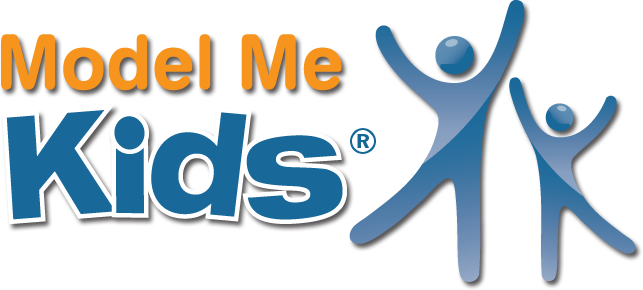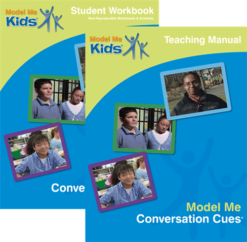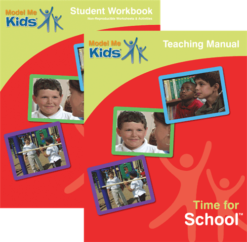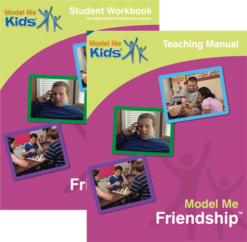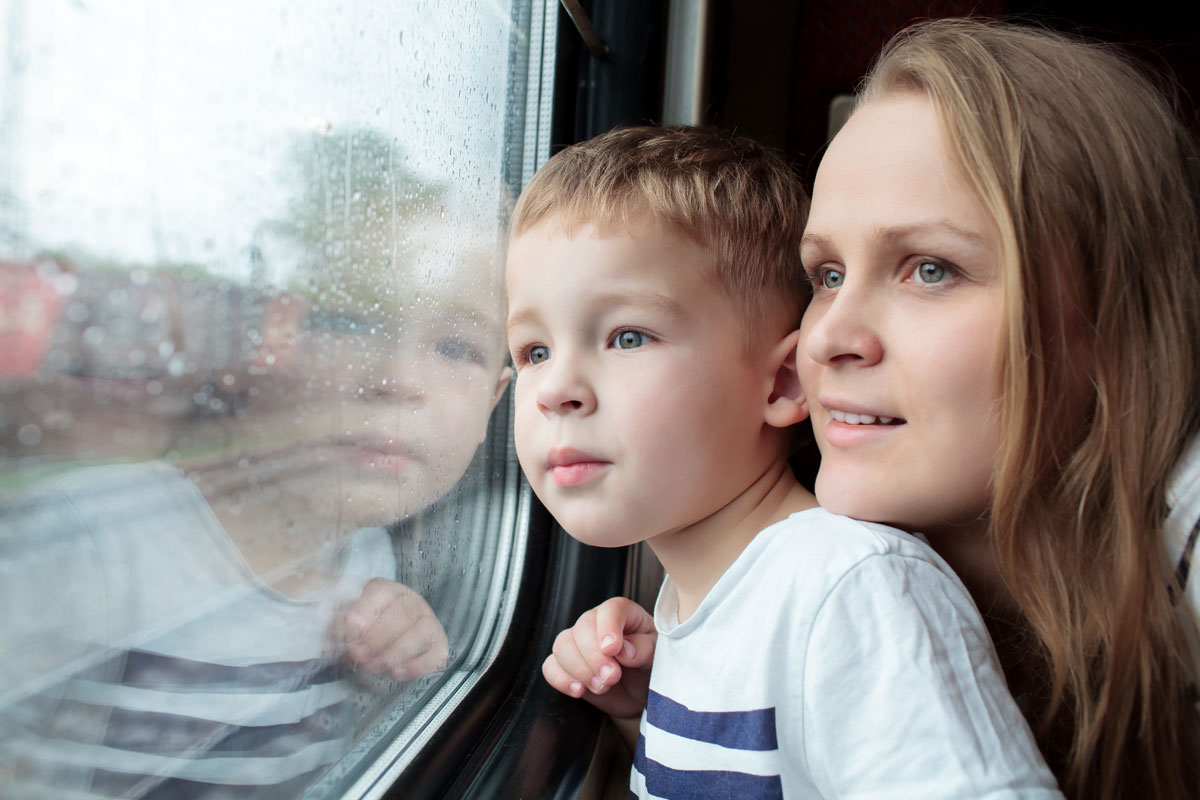Autism Spectrum Disorder
Social Skills
Like many other skills, social skills for children with Autism must often be taught directly. This is because children with Autism do not easily acquire those skills naturally from their environment, like their typically developing peers. It is also because children on the spectrum may have greater difficulty reading subtle social cues, which makes interpreting meaning challenging.
Teaching skills directly can take many forms. For example, in addition to video modeling, a method called Applied Behavior Analysis (ABA) is often successful. ABA involves breaking down a task into its component parts to teach it and positively reinforcing to motivate the desired behavior.
Social Skills Curriculum Resources
ShopAutism
Social Skills Groups
These groups may be found through community organizations. In addition, many schools offer social groups that take place during the school day within the context of school. This type social skills group may require an IEP in order for the child to participate. The purpose of a social skills group is to teach and guide social interaction of the children participating in the group so as to teach them how to establish and maintain friendships.
Social skills instruction for teacher and parents
ABA
Applied Behavior Analysis
ABA is a method of teaching children with Autism Spectrum Disorder. ABA requires anywhere from 30-40 hours per week of one-to-one teaching. Each skill is broken down into its component parts and taught in a structured teaching environment. Reward appropriate behavior, and redirect inappropriate behavior.
Teaching skills with ABA requires multiple trials of the same target. Once a skill is mastered, a new target introduced.
Our Store“If you’ve met one person with Autism, you’ve met one person with autism.”
~ Dr. Stephen Shore
Questions?
